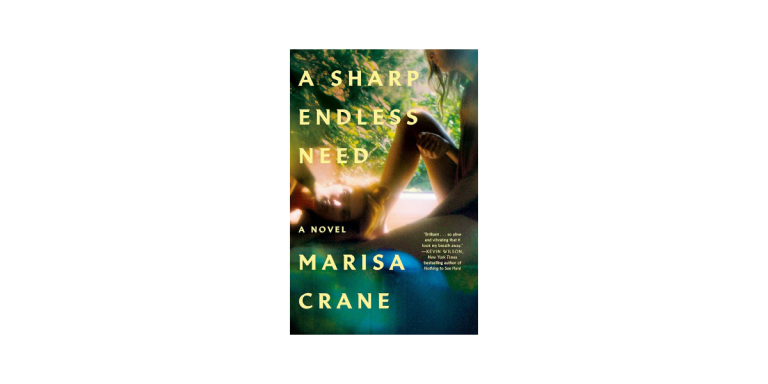
Gen
Gen Greer (she/her) is a dog lover, runner, and slasher enthusiast. She’s currently working as a high school English teacher and coach in the Bay Area. You can find her looking for little tasks and on Instagram at @doloresneverlolita.
Featured Articles by Author
All Articles by this Author on Autostraddle
#affiliatemarketing
literary fiction
#affiliatemarketing
interview
#affiliatemarketing
interview
#affiliatemarketing
interview











